 Home and community health therapy services post Public Health Emergency (PHE)
Home and community health therapy services post Public Health Emergency (PHE)
Amanda Kotolski, Ph.D., OTR/L
 Home and community health therapy services post Public Health Emergency (PHE)
Home and community health therapy services post Public Health Emergency (PHE)
Amanda Kotolski, Ph.D., OTR/L
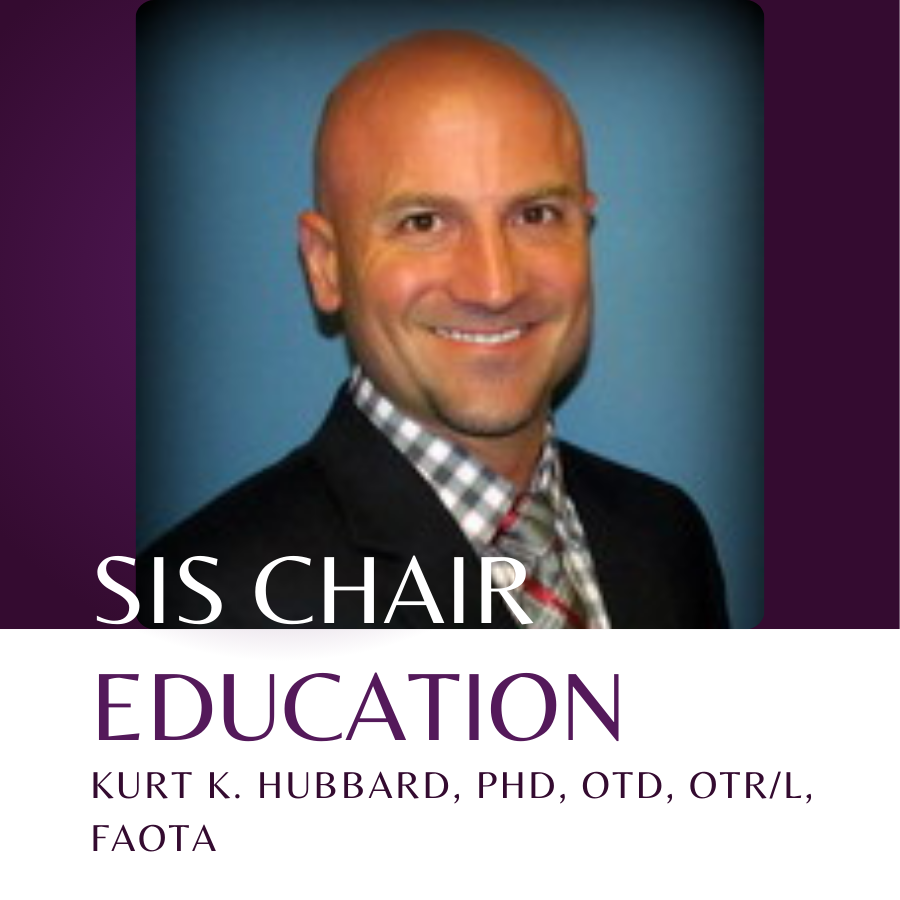 A critique of the meshing hypothesis:
A critique of the meshing hypothesis:
Using Shulman’s knowledge domain theory to facilitate effective instruction
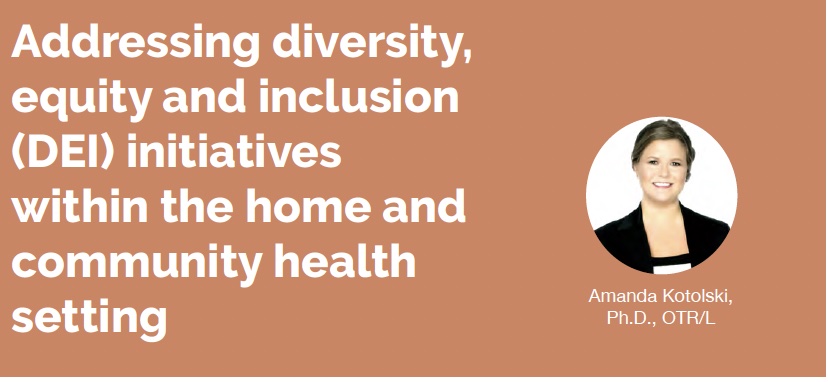
The American Occupational Therapy Association’s (AOTA’s) Vision 2025 conveys a strong commitment to diversity, equity, and inclusion (2020a). It is everyone’s right to feel welcomed, valued, included, and respected while engaging in daily life regardless of each of our own unique abilities and challenges. This statement made by AOTA supports efforts to increase diversity, equity, and inclusion (DEI) within all aspects of occupational therapy, including practice, education, and research, as well as policy development and advocacy (AOTA, 2020a). Therapist’s working in the home and community setting provides important client-centered services of which DEI principles implicitly embrace.
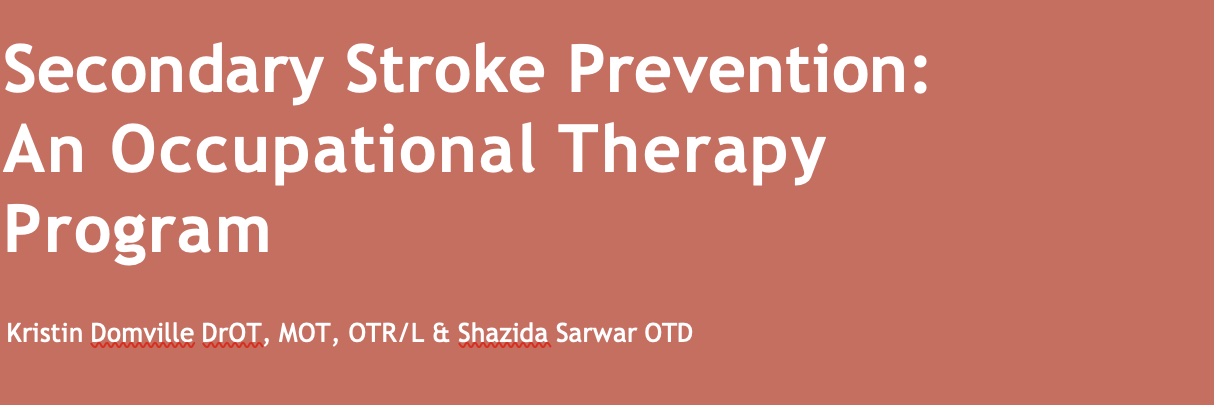
In the United States, a stroke occurs approximately 800,000 individuals annually, accounting for a large population of severe long-term disabilities (Centers for Disease Control and Prevention [CDC], 2021). In the United States, 25% of all strokes, approximately 610,000, occur among those individuals who have already had a previous stroke, raising the risks of long-term disability (CDC, 2021). NORD (2020) reports stroke recurrence leads to poorer functional outcomes, quality of life, and increased incidence of mortality. Stroke recurrence affects a large population, so reducing secondary stroke is essential to reduce mortality and disability risks.
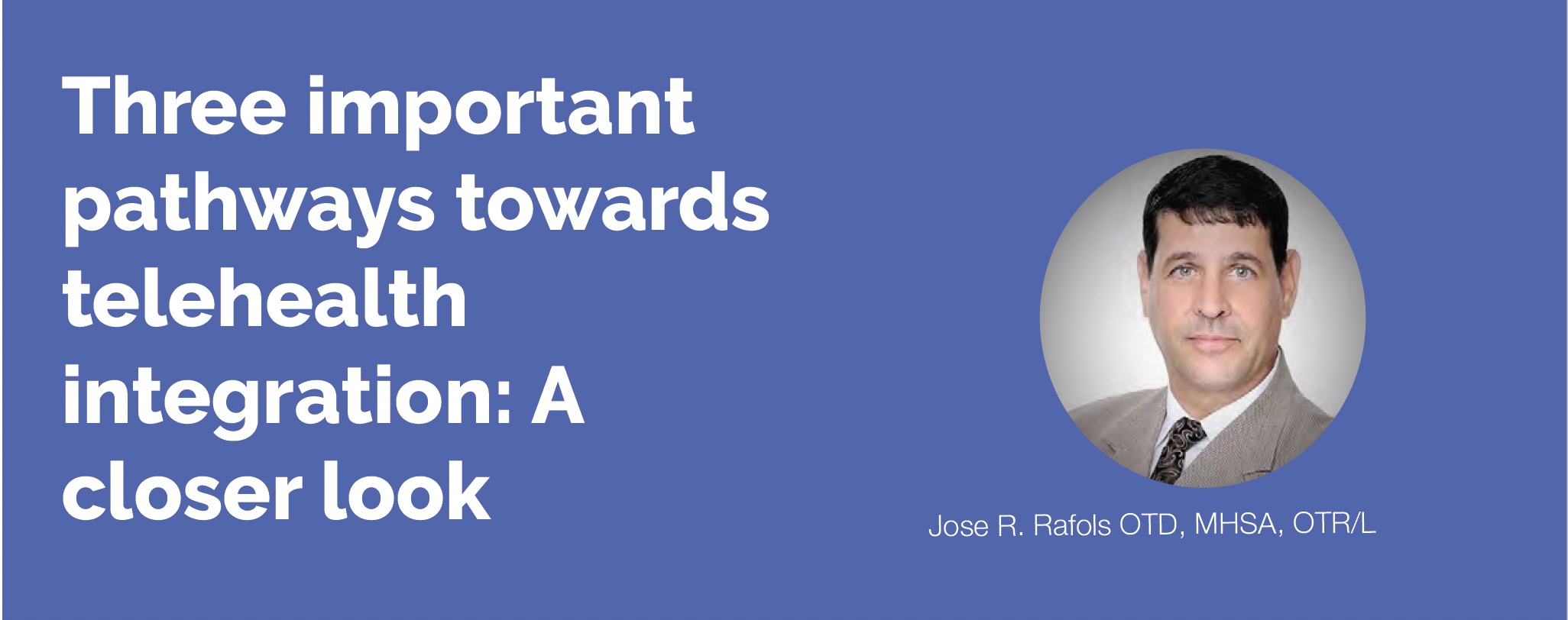
Integration of telehealth services occurs within several notable pathways. These pathways include academia, clinical practice, and mHealth, which included Connected Health Devices (CHDs) or Wearable Digital Devices (WDDs). Virtual pathways interconnect and add value to the healthcare industry in diverse and useful ways. Conversely, they do not work well when intentional integration is not taken seriously. The academic environment is a good place for telehealth instruction, as this exposes future providers to value-based virtual care and expands access to their beneficiaries (Dy Aungst & Patel, 2020; Muntz et al., 2021). There are many health care professions that are purposefully incorporating telehealth instruction within their curricula (Dy Aungst & Patel, 2020; Muntz et al., 2021). This mindful integration was spurred from the need to embed instruction on telehealth within traditional practice models (Muntz et al., 2021). Similarly, occupational therapy (OT) programs were offered to instruct students on telehealth through ACOTE standard B.4.15 which was authorized in the summer of 2020 (Patterson et al., 2021). However, this educational standard does not explicitly outline how telehealth may be leveraged by academicians to enhance greater adoption. (Hui et al., 2021; Patterson et al., 2021). Telehealth’s integration within the academic setting is essential as it exposes occupational therapy students to didactic instruction, hands-on learning, and virtual simulation experiences that foster greater interoperability within the clinical arena (Posey et al., 2020).
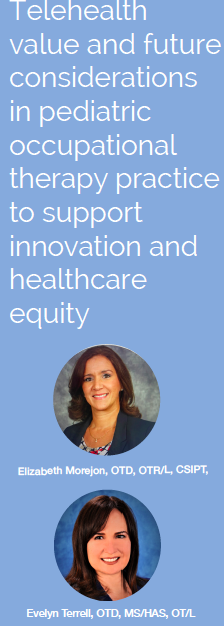 Telehealth value and future considerations in pediatric occupational therapy practice to support innovation and healthcare equity
Telehealth value and future considerations in pediatric occupational therapy practice to support innovation and healthcare equityby: Elizabeth Morejon, OTD, OTR/L, CSIPT, and Evelyn Terrell, OTD, MS/HAS, OT/L
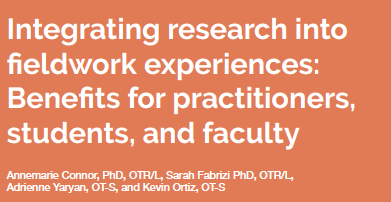 Integrating research into fieldwork experiences: Benefits for practitioners, students, and faculty
Integrating research into fieldwork experiences: Benefits for practitioners, students, and facultyby: Annemarie Connor, PhD, OTR/L, Sarah Fabrizi PhD, OTR/L, and Adrienne Yaryan, OT-S, and Kevin Ortiz, OT-S
As new occupational therapy programs continue to develop, it has become more difficult to find fieldwork (FW) sites for students since practitioners are less willing to supervise students due to the lack of resources, limited time, and questions of student preparedness (Varland et al., 2017). Unfortunately, this predicament is now exacerbated in the era of COVID-19. Emerging practice fieldwork sites, largely focused on prevention and health promotion in community-based practice, have been one mechanism for creating meaningful and productive fieldwork sites during this increasingly challenging landscape (Clarke et al., 2015; Dancza et al., 2013).
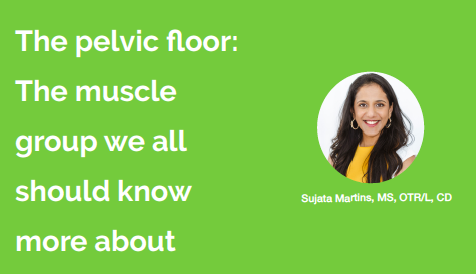 The pelvic floor: The muscle group we all should know more about
The pelvic floor: The muscle group we all should know more aboutby: Sujata Martins, MS, OTR/L, CD
Out of sight, out of mind is a common saying for most and unfortunately tends to be applied to the pelvic floor. By learning to take care of our pelvic floor, most of us can avoid embarrassing accidents, as well as spending money on incontinence products, medications, and even surgery. It is also extremely valuable for pregnant women in order to prepare for delivery and postpartum healing, and plays an important role in intimacy.
 Lymphedema Basics: Increasing Client Occupations
Lymphedema Basics: Increasing Client Occupationsby: Candice D. Young E.d.S., COTA/L, CLT
Increasing independence in occupations is what occupational practitioners are known for. For many experienced clinicians, it is a daily routine recognized through experience through evidence-based practices. However, many clients suffer from diseases uncontrolled by either primary or secondary causes resulting in delayed healing or ongoing therapy services. The growing anxieties of past medical history, congenital conditions, or surgeries are not always straightforward nor understandable, and the complications may be unknown. Lymphedema could be lurking in the foreseeable future for many with no current cure and awaiting breakthrough treatments (Schaverien and Aldrich (2018).
by: Anette Bullard, MEd, COTA/L and Anjali Parti, OTD, OTR/L
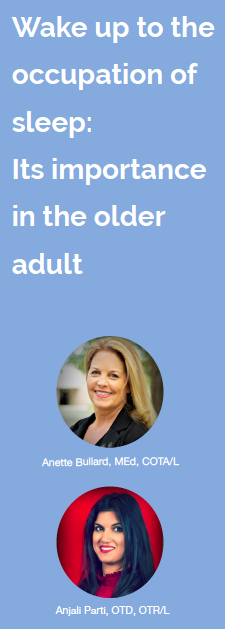 Everyone has experienced having to power through the day after a night of not sleeping well with every aspect of the day feeling more challenging due to your lack of sleep. The National Institute of Health (2017) identifies sleep as one of the most important occupations for maintaining all aspects of health. In fact, the Centers for Disease Control and Prevention (2018) has recognized sleep deprivation as a public health problem with broad, negative effects on safe occupational performance. For the older adults the challenges brought on by age compounded with a lack of sleep can further decrease successful occupational performance. Many age-related changes tend to disturb patterns of sleep and the myth that older adults need less sleep is actually incorrect (Suni, 2022b). The older adult is confronted with additional sleep obstacles such as, chronic conditions, medications, diminished physical activity, and decreased cognitive exercise, all of which have all been associated with decreases in sleep satisfaction. The resulting downward spiral of poor sleep results in less successful occupational engagement. The Occupational Therapy Practice Framework includes ‘rest and sleep’ as an area of occupation and defining occupational therapy practitioners as qualified professionals to assist clients with the occupation of rest and sleep (American Occupational Therapy Association, 2020). This brief article seeks to assist practitioners with identifying resources and awareness for more consistently addressing the occupation of sleep in the older adults.
Everyone has experienced having to power through the day after a night of not sleeping well with every aspect of the day feeling more challenging due to your lack of sleep. The National Institute of Health (2017) identifies sleep as one of the most important occupations for maintaining all aspects of health. In fact, the Centers for Disease Control and Prevention (2018) has recognized sleep deprivation as a public health problem with broad, negative effects on safe occupational performance. For the older adults the challenges brought on by age compounded with a lack of sleep can further decrease successful occupational performance. Many age-related changes tend to disturb patterns of sleep and the myth that older adults need less sleep is actually incorrect (Suni, 2022b). The older adult is confronted with additional sleep obstacles such as, chronic conditions, medications, diminished physical activity, and decreased cognitive exercise, all of which have all been associated with decreases in sleep satisfaction. The resulting downward spiral of poor sleep results in less successful occupational engagement. The Occupational Therapy Practice Framework includes ‘rest and sleep’ as an area of occupation and defining occupational therapy practitioners as qualified professionals to assist clients with the occupation of rest and sleep (American Occupational Therapy Association, 2020). This brief article seeks to assist practitioners with identifying resources and awareness for more consistently addressing the occupation of sleep in the older adults.
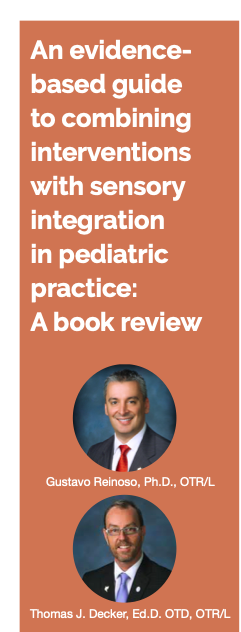
by: Gustavo Reinoso, Ph.D., OTR/L and Thomas J. Decker, Ed.D. OTD, OTR/L
Because of the complexity of the clients we assess and treat utilizing sensory integration, we often wonder about how we can best address a family’s needs by incorporating other approaches during our busy practices. The concept of combining and blending approaches is not new. In 1995, Blanche, Botticelli and Hallway published a textbook “Combining Neuro-Developmental Treatment and Sensory Integration principles: An Approach to Pediatric Practice.” The textbook was well-received among clinicians
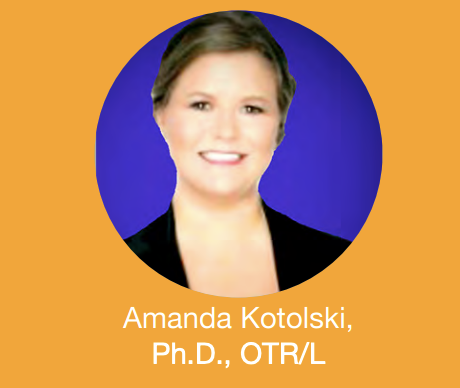
Since March 2020 the world has continued to evolve and change to meet the restrictions and demands of what is known as COVID-19. Twenty-one months later we continue to track outbreaks and attempt to prevent the spread through handwashing, masking, and social distancing, as well as develop treatments that are scientific and alternative. Both healthcare workers, including occupational therapists, and clients are experiencing difficulties in the areas of occupations of work, self-care, and leisure due to COVID-19 and the associated restrictions (Sithong, 2021). However, with states lifting restrictions, clients and practitioners are hoping to return to their pre-pandemic lives despite the occupational imbalances and hardships they have undergone.
Contemplating the Capstone
by Pamela Kasyan-Howe, OTD FOTA SIS Fieldwork
Motivation: An important factor in adherence to home programs for patients with chronic conditions
By Kristin Domville, DrOT, OTR/L and Kaye Rubio, Ph.D., MHS, OTR/L, CLT-LANA,
ASSESSING STUDENTS’ CLINICAL REASONING ON FIELDWORK
By Maria A. Colmer, OTD, OTR/L, Associate Professor, Academic Fieldwork Coordinator, Florida Gulf Coast University, OT Program, FLOTEC
Virtual Reality in Occupational Therapy
By Jonathan E. Urrely, OT-S and Carlos Martoral
By: Gustavo Reinoso, Ph.D., OTR/L Dominique Kiefer-Blanche, OTD, OTR/L Erna I. Blanche, Ph.D., OTR/L, FAOTA
As our understanding of sensory integration and the processing construct evolves, so should our measures and assessments. Occupational therapists working with children who present deficits in sensory integration and processing use an array of measures in clinical practice, such as standardized testing, proxy questionnaires, family interviews, biographical accounts, and self-report measures. The information provided by these measures assist practitioners in composing a clinical profile, formulate hypotheses, and develop a plan of care relevant to these children’s lives and their families. The results from these measures are often combined with the use of clinical observations. The primary purpose of clinical observations is to allow the therapist to use clinical judgment to analyze a child’s performance in relationship to sensory processing as informed by evolving theory and research (Blanche & Reinoso, 2008).
by: Kimberly McKinney MOT, MPT, tDPT, PHC
FOTA SIS Early Intervention/School Systems Chair H2 Health at Georgia-Pacific Palatka
The news about the coronavirus is everywhere, but what effect is it having on kids? According to a new study from China’s Shenzhen province (led by scientists from the Johns Hopkins Bloomberg School of Public Health and the Shenzhen Center for Disease Control and Prevention) believes that although children do contract COVID-19 they do not get sick as quickly as adults. This is believed to be due to children having healthier lungs (from not smoking or fewer years of exposure to pollution) (Pappas, 2020).
Manualization of an intervention is an essential component in the implementation of research studies. When collaborating on research teams, manualization gives a template to check for fidelity and thus determine if the intervention is carried out in the way in which it was intended by the program developers. Murphy and Gutman (2012) have outlined essential elements in intervention fidelity that are often absent from study descriptions. For example, within the intervention manual researchers should describe the intervention design to include the number, length, and frequency of intervention sessions. The researchers should explain both the theoretical framework and any clinical guidelines that provided the foundation for the intervention. The manual must also define the “active ingredients” or elements of the intervention proven to be responsible for changes in specific outcomes, often quite complex in intervention research. Careful consideration must be given to the training of individuals who will be implementing the study’s procedures. Implementation training is not only outlined in the manual, but the manual content can also be used for training purposes. Written/electronic intervention manuals can be an important tool to assist in fidelity as they provide a means to articulate the distinct differences of the intervention and ensure outcomes are replicated.
By:

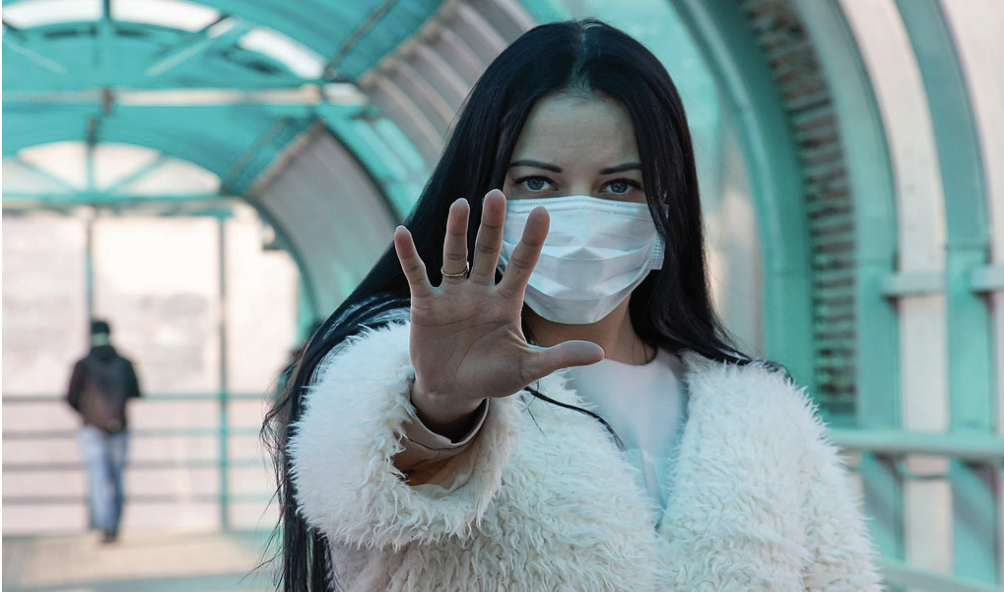
Amazon searches starting from www.flota.org benefit FOTA!